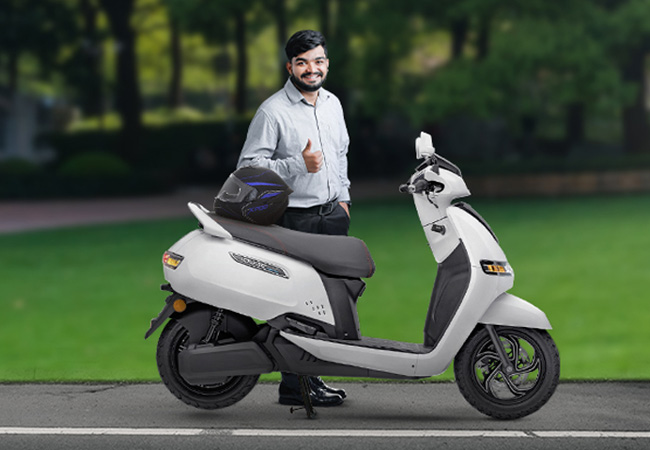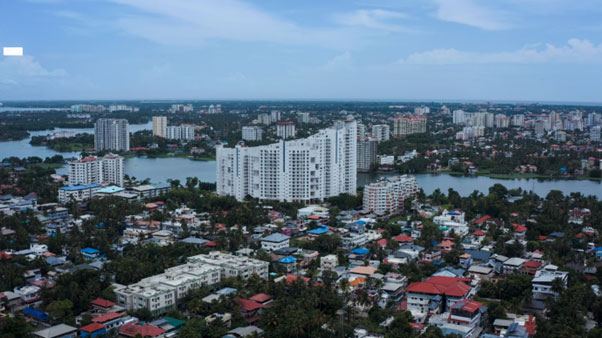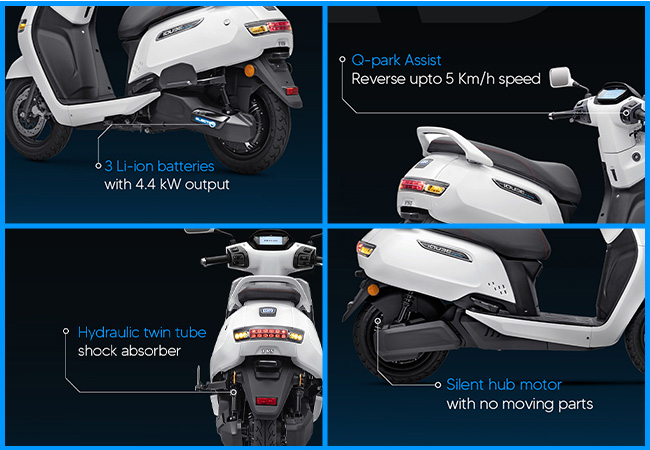In this age of eco-consciousness and economical mobility, there has been a surge in demand for electric scooters in recent years. The ever-increasing traffic and the rising trend of personal vehicles have encouraged consumers to consider time-efficient, convenient and cost-effective modes of daily conveyance. This, in turn, is driving the growth of EVs in India. The advancement in charging and battery technology has further reduced the time and cost to charge electric scooter/car.
As per data, the global EV market (as of 2023) stands at USD 384.65 billion, which is expected to reach USD 1,579.10 billion by 2030. This upward market trend is the result of increasing environmental awareness, technological advancements and growing consumer interest.
From Standard to Ultra-Fast charging
Earlier, the penetration of EV scooters had been withheld by electric scooter charging time owing to the availability of just AC chargers. The first generation of AC chargers aimed at minimizing power loss and had limited charging capabilities. They often took hours or even overnight charging to fully replenish the battery. These chargers typically operate at a lower level. This limited power output and longer charging time highlighted the gap for a faster charging option.
The recent breakthrough in charging technology has been DC fast charging which has significantly reduced the charging time. Due to the high power output, EVs are able to top up the battery levels quickly, making long-distance travel more convenient and feasible.
Current Trend
Fast charging has worked significantly in the favour of EV two-wheelers. From overnight charging to just a few hours, the electric scooter charging time has reduced significantly.
Talking about the current charging availability in our electric scooters, TVS iQube comes with a 650W charger that is capable of charging from 0-80% in 4.5 hours with an option of plug and play portable charger (1.5 kWh). You just need a 15A plug point to charge your vehicle.
With fast charging now available in electric scooters, here’s the question that usually arises: -
“How much electricity does it take to charge the electric scooter?”
Charging Cost
The cost of charging your electric scooter in India has a variation depending on whether you are charging at home or work, or using a public charging grid.
For our competitively priced TVS electric scooter, the iQube, there’s a battery pack of 3kWh and a range of 100* km. Taking into account that the national average electricity price is ₹7 per unit, a 3kWh battery translates to 3 units of electricity consumed for a full charge.
• Price – the national average is ₹7*
• Battery capacity – 3kWh
• Cost for every full charge – ₹20-₹25
Types of Chargers
The charging infrastructure is rapidly growing in India. Here are the most common types of chargers that one should know of: -
# AC charger (Level 1 )
It is the most common type of charger used in India. It uses a 3-pin plug that can be installed on any standard 15A household socket. It supports a power capacity of up to 3.3kWh and a charging level of up to 220 volts. It is among the most convenient as just any 3-pin plug point can get the charging done.
Then comes the type 1 charger with 5 point adapter. It supports capacity from 3.7kWh to 7kWh and is among the least expensive modes of charging an electric scooter. Having said that, this type of charger is slow and is a go-to preference for overnight charging.
# AC Fast Charger (Level 2)
Next on the list is an AC fast charger. They usually use a 15A socket to deliver AC current but at a higher wattage. The capacity ranges from 7kWh to 22kWh. They are designed to be compact and can be installed in homes. This type of charger can charge an electric scooter in a few hours, averting the need for overnight charging.
# DC Fast Charger (Level 3)
Batteries usually function on direct current and chargers usually deploy an AC to DC converter to allow batteries to charge. DC fast chargers bypass the need for AC to DC converters and send the current directly to the battery at a much higher rate than traditional chargers. Since they need a special installation, they can only be found at specific public electric scooter/car charging stations.
The speed of DC chargers is also increasing as the technology is evolving. In fact, some chargers can go up to 350kWh. The charging price is also higher as the wiring and hardware for level 3 chargers are a lot more advanced. Further, they require more space and complex parts to facilitate cooling which is required to handle high voltage of current.
Takeaway
As stated in Budget 2024, the government will further expand and strengthen the EV ecosystem by supporting manufacturing and the expansion of charging infrastructure. This focus on infrastructure could also help alleviate key concerns for both commercial and private ownership of EVs.
The future of electric mobility in India holds a lot of promise. Advancements in charging speed and improvements in battery technology will continue to play a big role in the adoption of electric vehicles.
Book Now
Note: The price per unit of electricity varies in each state. The price also differs from charger to charger.
Also Read:
What Makes an Electric Scooter Cost-Effective?
Building an Electric Scooter that stands out in its Segment
15 Features That Make this Electric Scooter The Smartest Choice



.png?la=en&h=607&w=1079&hash=B1664529BA7B2CDA30EC3C1DC8E4BEC3)



